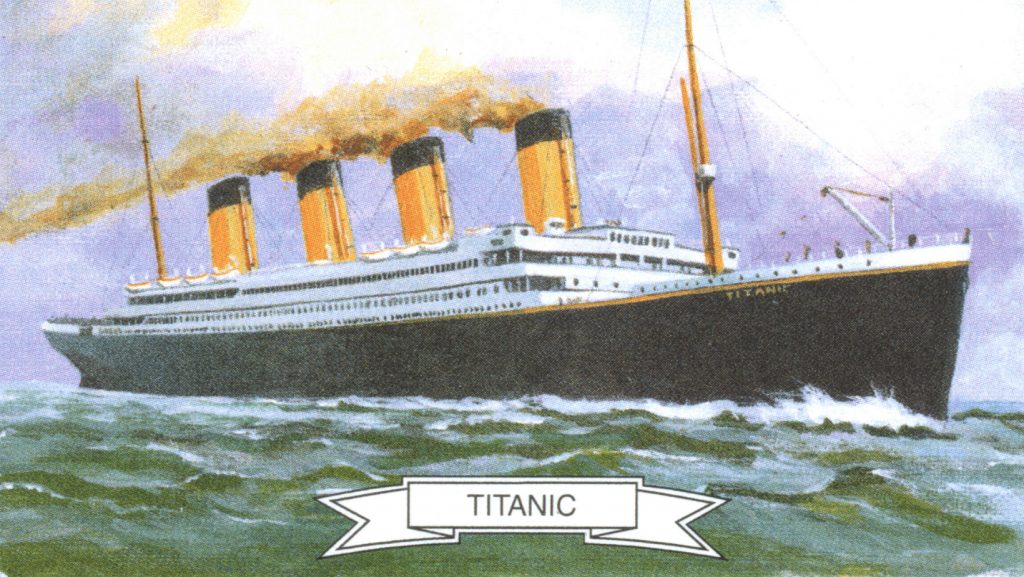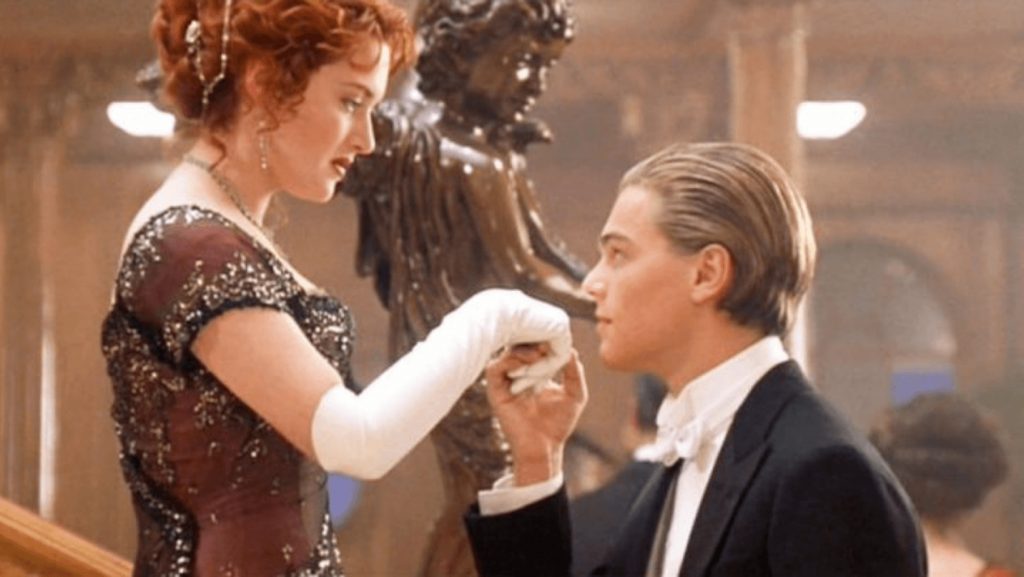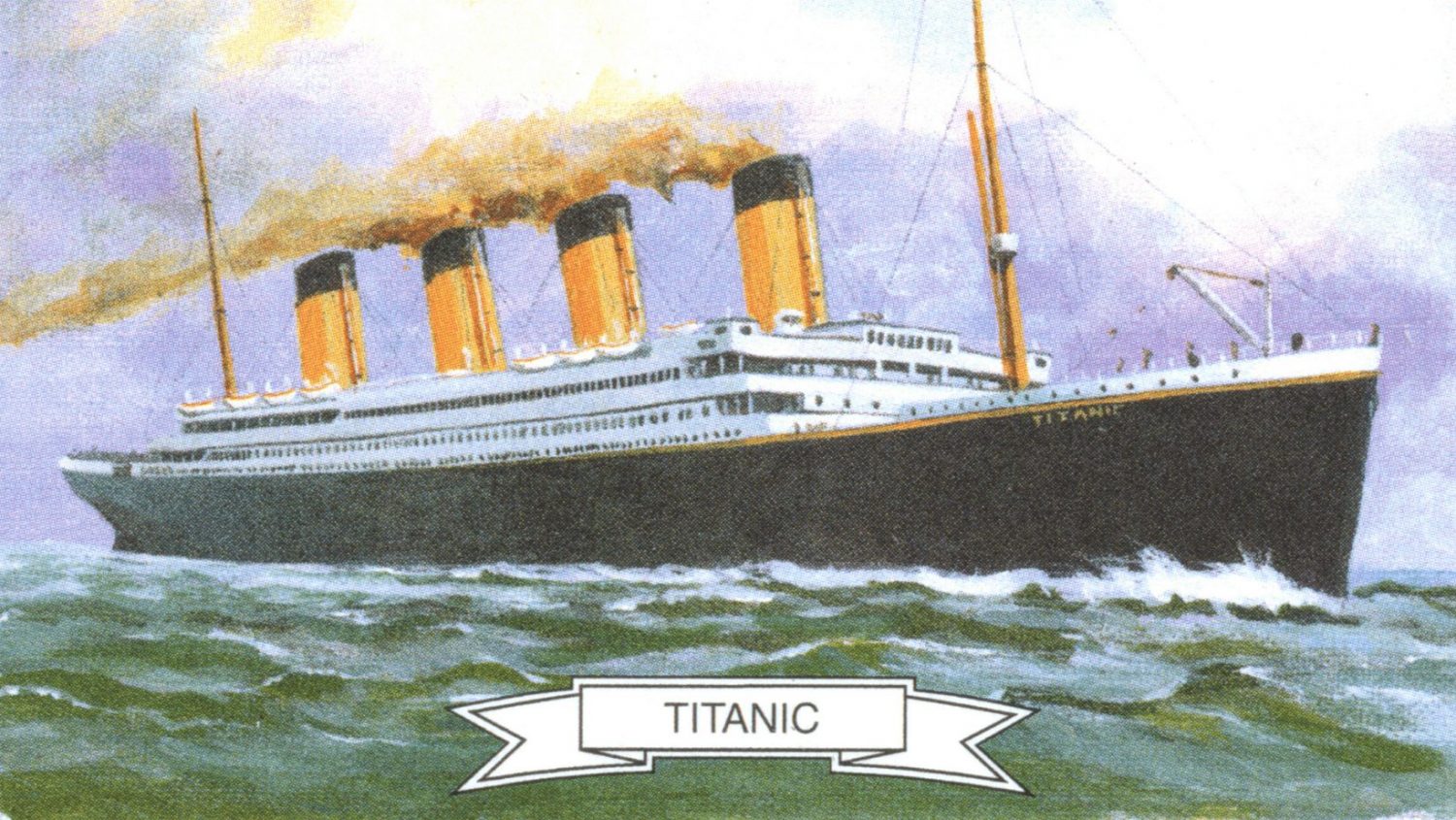
Flawed Design
Titanic featured a double bottom and 15 watertight bulkhead compartments equipped with watertight doors that could be operated by a switch on the bridge. It was these watertight bulkheads that caused Shipbuilder magazine to deem Titanic, and other so-called Olympic-class ships, “practically unsinkable.”
But the design of these watertight compartments contained a flaw that became a critical factor in Titanic’s sinking. While the bulkheads were indeed watertight, the walls separating them extended only a few feet above the water line. This allowed water to pour from one compartment into another, especially if the ship began to list or pitch forward.
The second major safety lapse was the inadequate number of lifeboats carried on Titanic. There were 16 full-size lifeboats, plus four Engelhardt “collapsibles” aboard, bringing the total lifeboat capacity to 1,178 people. In contrast, there were over 2,200 people aboard the maiden voyage, and Titanic’s total capacity of passengers and crew was more than 3,300. While this disparity may seem unacceptable by today’s standards, Titanic’s supply of lifeboats actually exceeded the British Board of Trade’s requirements at the time.

Passenger Profiles
There were a number of high-ranking officials and celebrities on board the Titanic’s maiden voyage. Among the First Class passengers were the owner of Macy’s, Isidor Straus, and his wife Ida, industrialist Benjamin Guggenheim, and widow and heiress Margaret “Molly” Brown. Chocolate mogul Milton S. Hershey also had a ticket for the Titanic, but a schedule change required him to change ships.
Second Class passengers were largely academics, tourists, journalists, and employees tending to their employers traveling First Class. But the largest group of passengers by far was in Third Class. There were over 700 Third Class passengers on Titanic, more than the other two groups combined.
The class in which a person was traveling played a large role in whether or not they survived the sinking. Of the 705 survivors, 61% were First Class passengers. In addition to the humans who survived, two dogs were also rescued from the ship, a Pomeranian and a Pekinese.

Titanic’s Legacy
There have been a myriad of books and films about Titanic. In fact, the first film about the tragedy was released in May 1912, just a month after the sinking. “Saved From the Titanic,” a silent short film, starred American actress Dorothy Gibson, who was a Titanic passenger herself. She reportedly wore the same clothes she was wearing during the sinking while shooting the film.
The most well-known film about the ship is the 1997 movie Titanic, starring Leonardo DiCaprio and Kate Winslet. Director James Cameron spared no expense, going so far as insisting that the set be decorated with real wallpaper and actual crystal chandeliers, and having even small and unseen items stamped with the White Star Line’s logo. In the First Class dining scenes, the actors were served real Beluga caviar, which goes for $3,200 to $4,500 per pound. In total, the film cost about $200 million to make, roughly $1 million per minute of its 195-minute run time.
In the end, the expensive production paid off. Titanic pulled in $1.8 billion at the box office when it was first released in 1997, making it the highest grossing film in history at the time. The record stood until 2010, when another James Cameron film, Avatar, surpassed it on its way to a total of $2.79 billion in box office sales. Today, Cameron still holds the spots for the first and third highest grossing films of all time, as a recent re-release of Avatar allowed the film to once again reclaim the number one spot in March 2021, after previously being passed by Avengers: Endgame in 2019.
Trivia
Earthquake

